
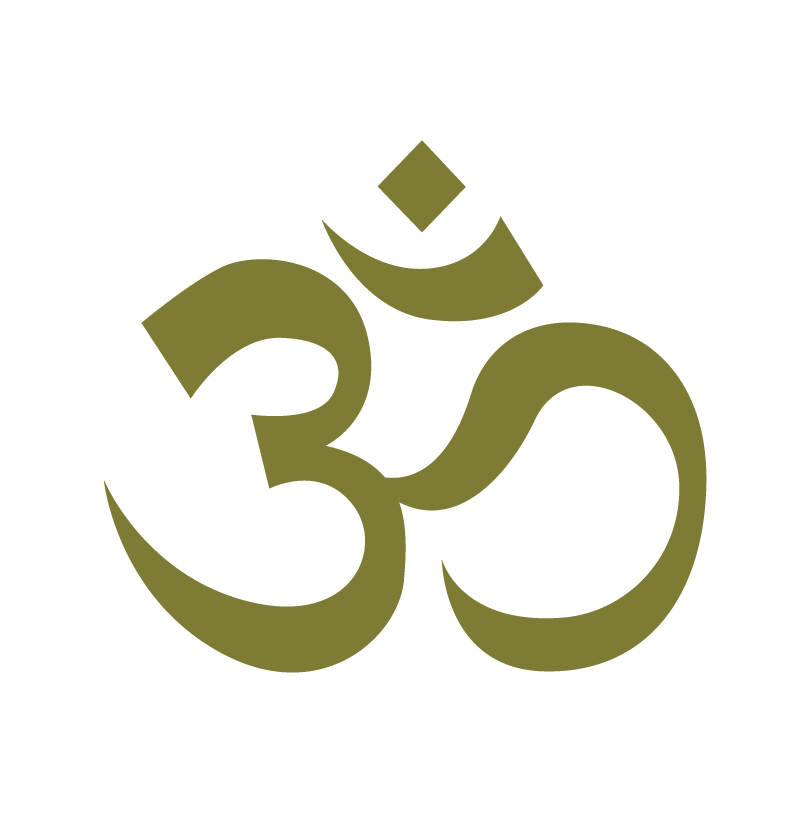
Balancing Hormones

Often I find myself talking to a lot of people about hormone imbalance in various forms. As one of the main reasons behind hormone imbalance is stress/nervous system imbalance – I decided to share a little practice remedy that particularly supports liver, reproductive system and nervous system as these are greatly affected during times of stress. This practice can also be very balancing and harmonising for anyone experiencing stress for any other reason, but especially during/after an illness, or having too much to deal with mentally. Combined practice with diet and lifestyle modification supercharges the results and brings you back to your highest state of wellness.
Supta Baddha Konasana:
Preferably on a spinal roll or bolster (to help open lungs and release diaphragm which tends to lock up and sap energy during times of stress). Support your thighs to be able to stay longer. Spend 5-20 minutes depending on the time you have. (Liver, reproductive)
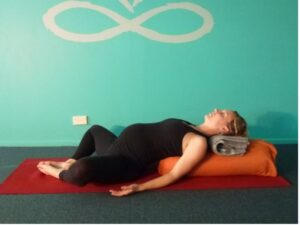
Upavista Konasana:
Support your head in a comfortable position with blankets/bolster or chair, and sit on blankets as necessary. Experiment until you feel comfortable enough to stay 5-10 mins (longer if you love it and have time) without creating tension in the neck/thoracic spine or closing the lungs down. (Liver, reproductive, heart also gets a rest in forwards)
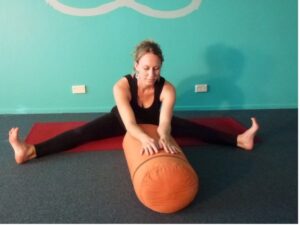

Supta Pashasana (aka Jathara Parivrttasana):
Support your legs as needed to make sure upper body can be flat and comfortable enough to stay 3-5mins each side. (liver, abdominal organs, gentle spine mobilisation)
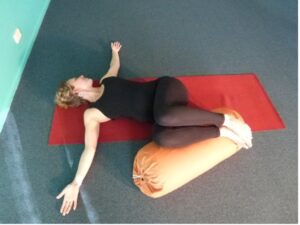
Optional Halasana and Sarvangasana if appropriate (plough and shoulderstand):
Only practice this if not menstruating, and it is a comfortable, regular practice for you. You can practice supported versions (book in for a private with Kath if you want to learn these). Hold 5-5 minutes each pose. Remember to counterpose with Matsyasana (fish) approximately 10 breaths. (Thyroid, hormones, calming Nervous System).


Pranayama:
Ujjiya – 3-5 long, even, full breaths with no tension.
Nadi Shodhana – alternate nostril breathing. Begin with 3-5 rounds as comfortable. Build up to 5 minutes. Please ask for instruction from your teacher if you have not practiced these before (nervous system balancing).

Optional sitting/meditation:
3-20 minutes depending on time.
(Integration, internalisation, calm NS)

Relaxation/Savasana:
10 mins (more if you have time).
(Integration of the practice, rest and rejuvenation)

EXTRA TIP – If you’re not sure whether you need an active or a restorative practice, salutes are a great diagnostic tool. Do a few salutes and see how you feel… If energised, then your tiredness might have been from stagnancy and active practice is best. If the salutes feel like a struggle, or tire you out further, then restorative practice is the best option.
More like this
Kidney Energy and Relieving Neck Tension
Some years ago, when moving house – the professional removalists were amazed that I had energy to...
Heading Towards Headstand
Headstand is one of the most advanced postures. Although many can do it, it is important to do it...

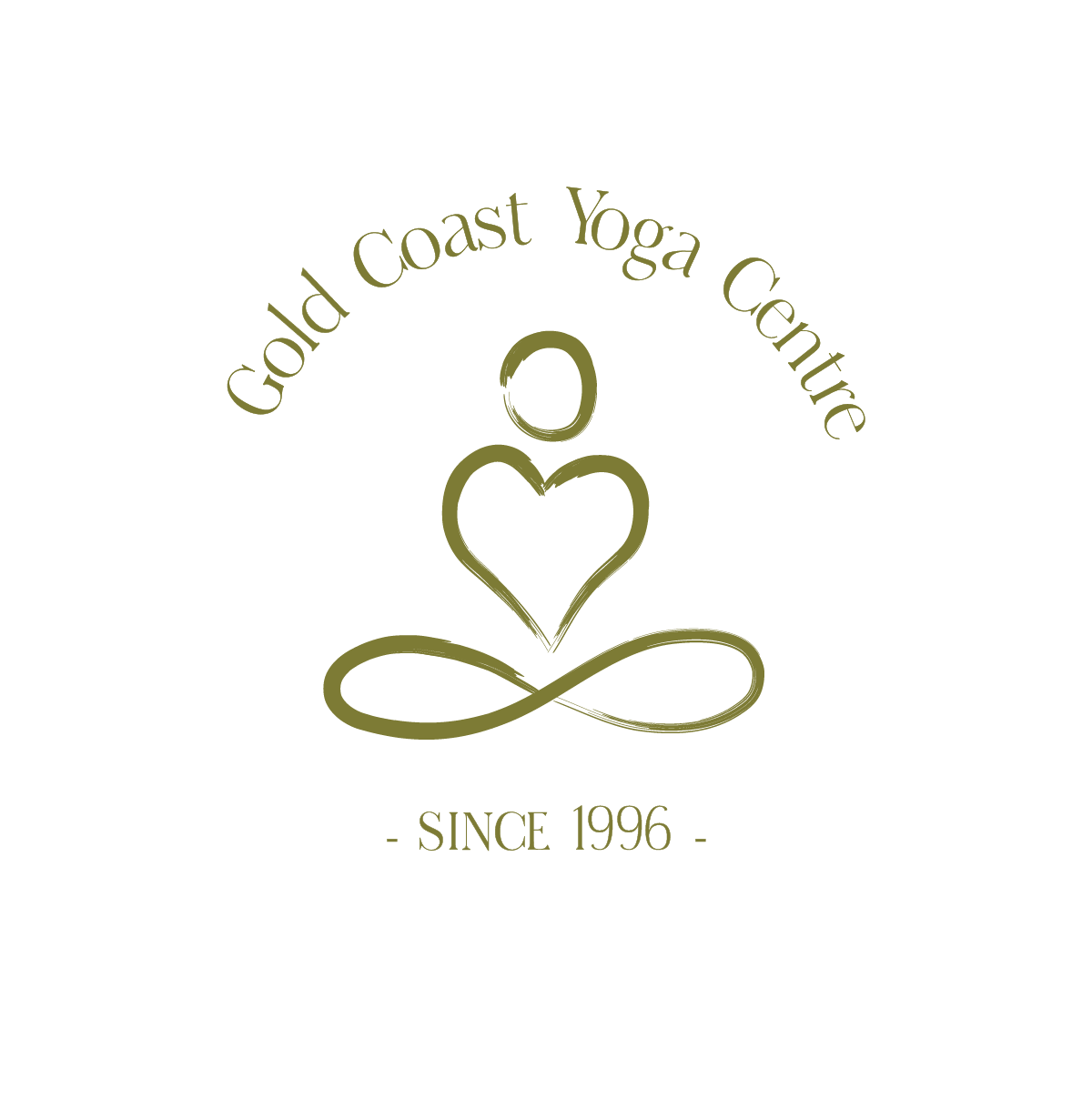
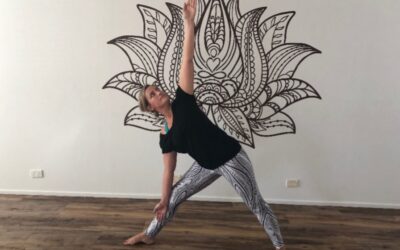

0 Comments